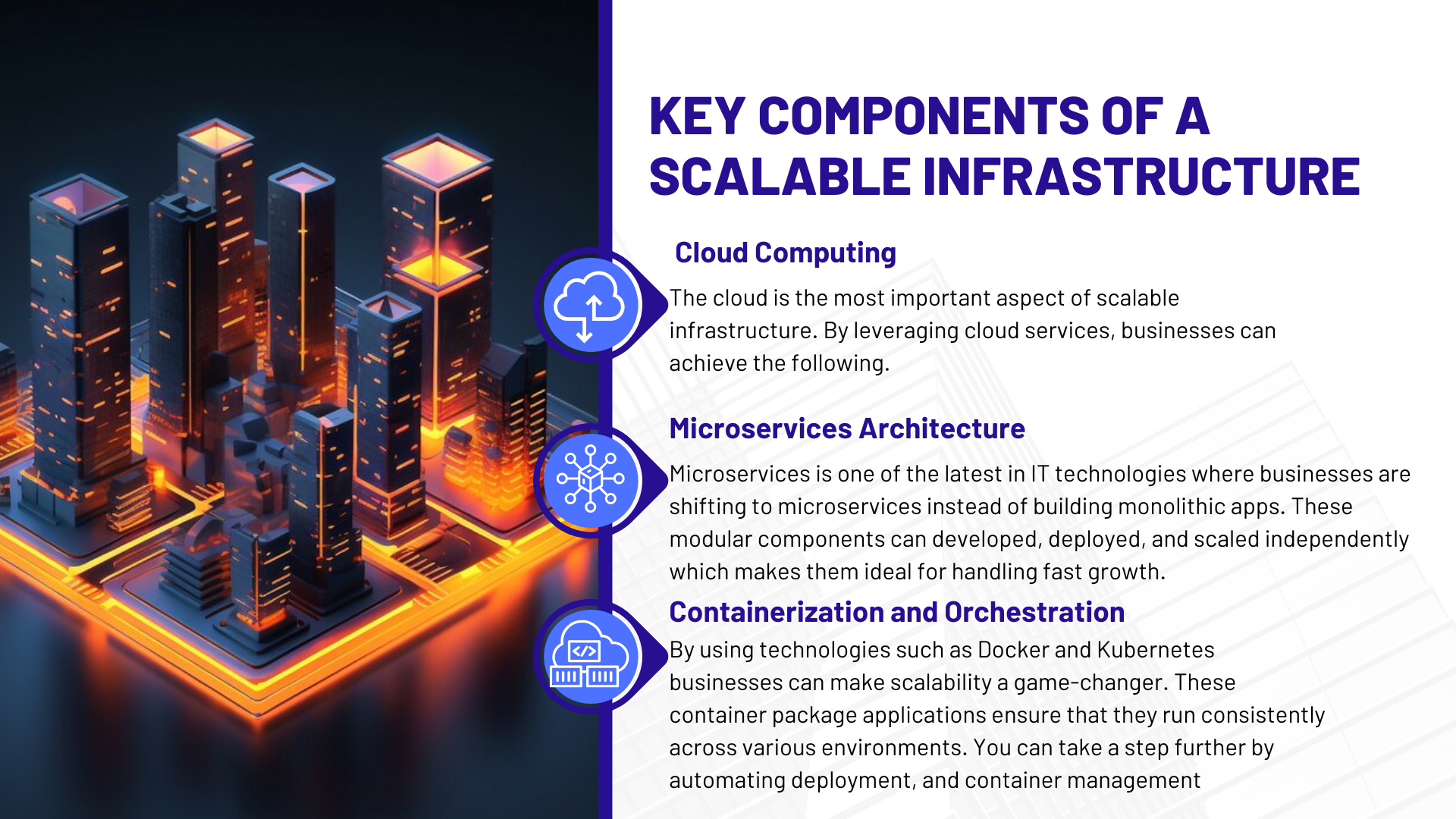In a world where data is the new oil, businesses are under increasing pressure to quickly turn raw information into actionable insights. But traditional business intelligence (BI) platforms like Tableau, Power BI, and Qlik often come with high costs, steep learning curves, and vendor lock-ins.
That’s where Apache Superset stands out.
Originally built by Airbnb and now an Apache Software Foundation project, Superset has rapidly evolved into a leading open-source BI solution. With its intuitive UI, robust analytics capabilities, and enterprise-grade scalability without licensing fees, Superset empowers organizations of all sizes to take full control of their data strategies.
In this article, we explore why Apache Superset is not just a BI tool but the future of open-source business intelligence.
What is Apache Superset?
Apache Superset is a modern, lightweight, open-source data exploration and visualization platform. It allows users to:
- Connect to a wide variety of data sources
- Perform ad-hoc analysis through a user-friendly SQL editor
- Create and share rich, interactive dashboards
- Embed insights seamlessly into apps and portals
What makes Superset truly powerful is its ability to deliver all of this with no vendor lock-in, complete customizability, and the backing of a strong open-source community.
Whether you’re a data analyst, a data scientist, or a business user, Superset’s versatile platform makes it easy to turn data into decisions.
Key Reasons Superset is Leading the BI Revolution
Open-Source and Cost-Effective
Unlike proprietary BI tools that require expensive licenses and per-user fees, Apache Superset is free to use. This dramatically reduces the total cost of ownership (TCO) and makes it an ideal choice for startups, SMBs, and large enterprises looking to cut costs without sacrificing capability.
Moreover, open source means complete transparency, freedom from vendor lock-in, and the ability to audit or extend the software as needed.
Powerful, Interactive Dashboards
Superset enables users to create beautiful and highly interactive dashboards with
- Real-time filters
- Drill-down capabilities
- Custom charts and graphs
- Responsive design for desktop and mobile
Users can explore metrics in depth, identify trends, and make data-backed decisions quickly—all through an intuitive drag-and-drop interface. With over 40 pre-built visualizations and support for custom chart plugins, Superset covers everything from bar charts to complex geospatial heatmaps.
Scalable Architecture for Big Data
Superset is built on a cloud-native, distributed architecture. It leverages technologies like Flask, SQLAlchemy, and Apache ECharts to efficiently handle:
- High user concurrency
- Massive datasets (millions of rows)
- Complex queries and joins
Whether you’re running Superset on a local server or deploying it on Kubernetes in a cloud environment, it can scale with your growing analytics needs. You can also integrate it with caching layers like Redis or external query engines like Presto for even faster performance.
Broad Data Source Compatibility
Superset supports any SQL-speaking data source, including
- Relational databases: PostgreSQL, MySQL, MariaDB, Oracle
- Data warehouses: Snowflake, Amazon Redshift, Google BigQuery
- Big data engines: Apache Druid, Apache Hive, Presto, Trino
- Cloud-native platforms: AWS Athena, Azure Synapse, ClickHouse
This means you can connect all your structured data pipelines in one place and analyze them with a single BI interface—no need to switch between multiple platforms.
Highly Extensible and Developer-Friendly
Superset is more than a tool—it’s a framework. For engineering teams, it provides:
- REST APIs for programmatic access
- A plugin system to create custom visualizations
- RBAC (Role-Based Access Control) for enterprise-grade security
- OAuth, LDAP, and SSO integrations
- Dashboard embedding into web apps (e.g., for SaaS or internal tools)
You can tailor it to your organization’s workflow, brand it for your customers, or use it to power your analytics product.
Real-World Use Cases
Apache Superset is making a tangible impact across sectors:
- SaaS & Tech: Monitor MRR, churn rate, feature usage, and system performance in real time with embedded dashboards for internal and customer-facing views.
- Healthcare: Visualize patient intake, appointment wait times, and medical outcomes. Track clinical KPIs securely with HIPAA-compliant setups.
- Retail & E-Commerce: Analyze sales by SKU, region, or channel. Combine real-time inventory data with marketing campaign metrics to optimize conversion rates.
- Finance & Insurance: Track portfolio performance, detect anomalies in transaction data, and generate regulatory reports dynamically.
- Education: Measure student performance, attendance trends, and course engagement across multiple campuses or digital platforms.
The Growing Community and Ecosystem
As a top-level project under the Apache Software Foundation, Superset benefits from
- A vibrant developer and user community
- Frequent updates and feature enhancements
- Active GitHub contributions and community support
Additionally, organizations like Andolasoft offer end-to-end Superset services, including
- Custom development
- Deployment on AWS, Azure, or GCP
- Dashboard design & data integration
- Long-term support and training
This ecosystem makes it easier than ever to adopt Superset and tailor it to your business needs.
Conclusion
Apache Superset is redefining the future of business intelligence.
With its open-source foundation, rich visual capabilities, high performance, and developer-friendly architecture, Superset gives organizations the freedom, flexibility, and power they need to own their analytics.
Whether you’re looking to modernize legacy BI infrastructure, reduce BI costs, or embed analytics into your products, Superset offers a scalable, customizable solution that can grow with your data and your business.
Ready to unlock the power of open-source BI with Apache Superset?
- Explore our live dashboard gallery—over 200 interactive dashboards across industries
- Schedule a free Superset consultation with our BI experts to discuss how we can tailor it to your needs
- Get started with deployment or migration services backed by our experienced engineers
Let Andolasoft help you build a smarter, more agile data strategy with Superset at its core.


